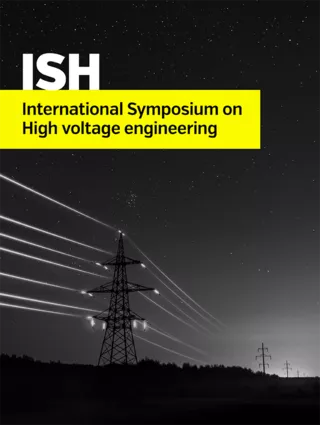Summary
The effects of performing alumina ceramic heat treatment under various gas conditions on the dielectric performances of vacuum interrupters were investigated in this study. In vacuum interrupter manufacturing, ceramic components are heat treated in hydrogen (during the metalizing process) and a vacuum (during the brazing process). Heat treatment in air was also studied with the objective of suppressing partial discharge in vacuum interrupters. The partial discharge inception voltages of ?30 mm?30 mm cylindrical alumina ceramic rods heat treated under the various gas conditions were measured experimentally. Each sample was set between electrodes in a vacuum chamber, and the partial discharge inception voltage was measured after voltage conditioning up to 50 kV. The experimental results show that the partial discharge inception voltage was increased by heat treatment in air, although those of the samples heat treated in hydrogen or a vacuum after air heat treatment were lower. These results indicate that heat treatment in hydrogen or a vacuum weakens the effect of air heat treatment. In addition, the thermodynamic properties of the lattice defects, which cause surface charging of ceramics, were calculated to evaluate the possibility of defect formation. The numerical results show that the number of oxygen defects in alumina increases with increasing temperature and decreasing pressure in air. In the case of hydrogen, the number of oxygen defects increases with increasing temperature and hydrogen pressure. These calculated results are consistent with the experimental results and suggest that the ambient gas conditions during heat treatment in vacuum interrupter manufacturing are important in terms of suppressing partial discharge.
Additional informations
| Publication type | ISH Collection |
|---|---|
| Reference | ISH2017_275 |
| Publication year | |
| Publisher | ISH |
| File size | 915 KB |
| Pages number | 6 |
| Price for non member | Free |
| Price for member | Free |




